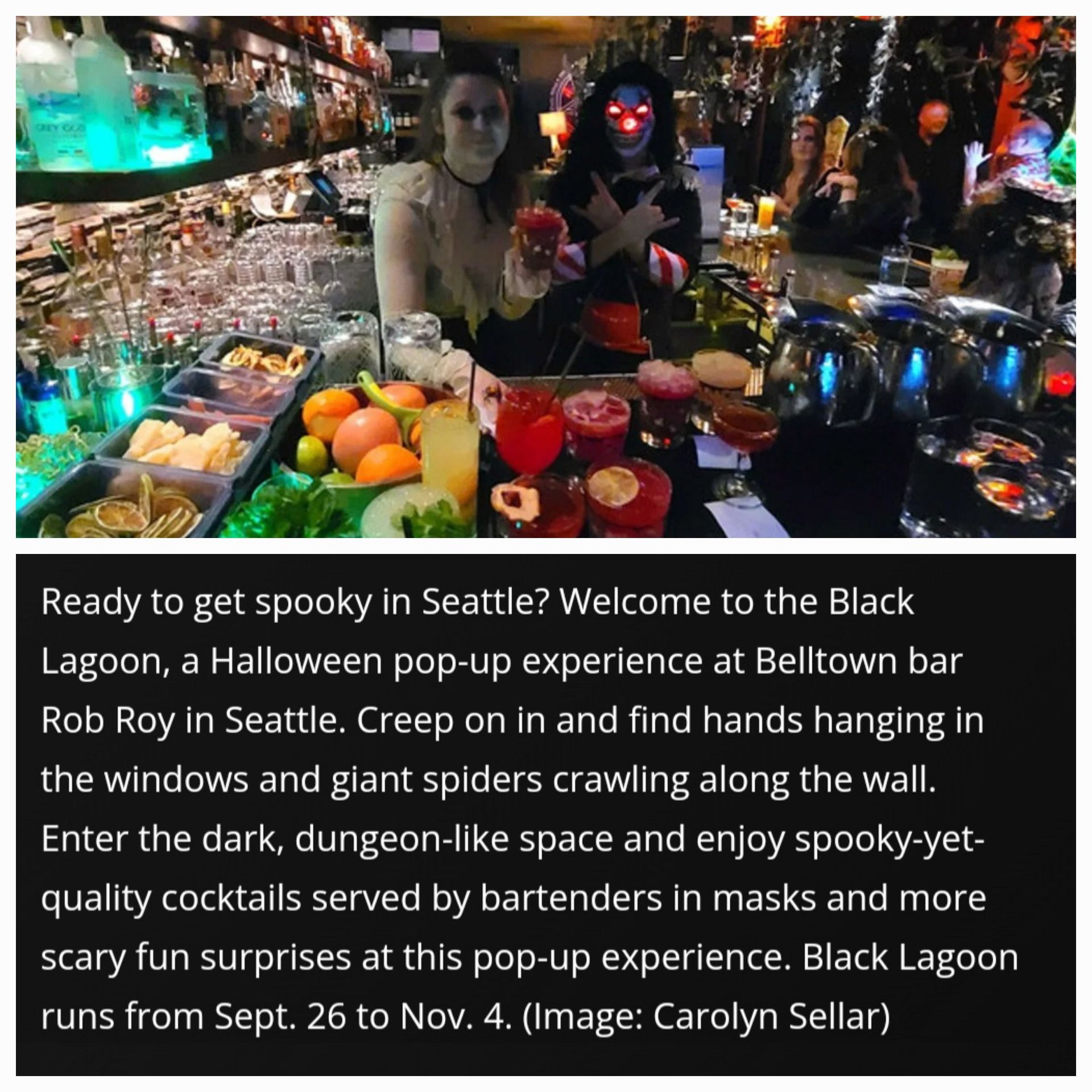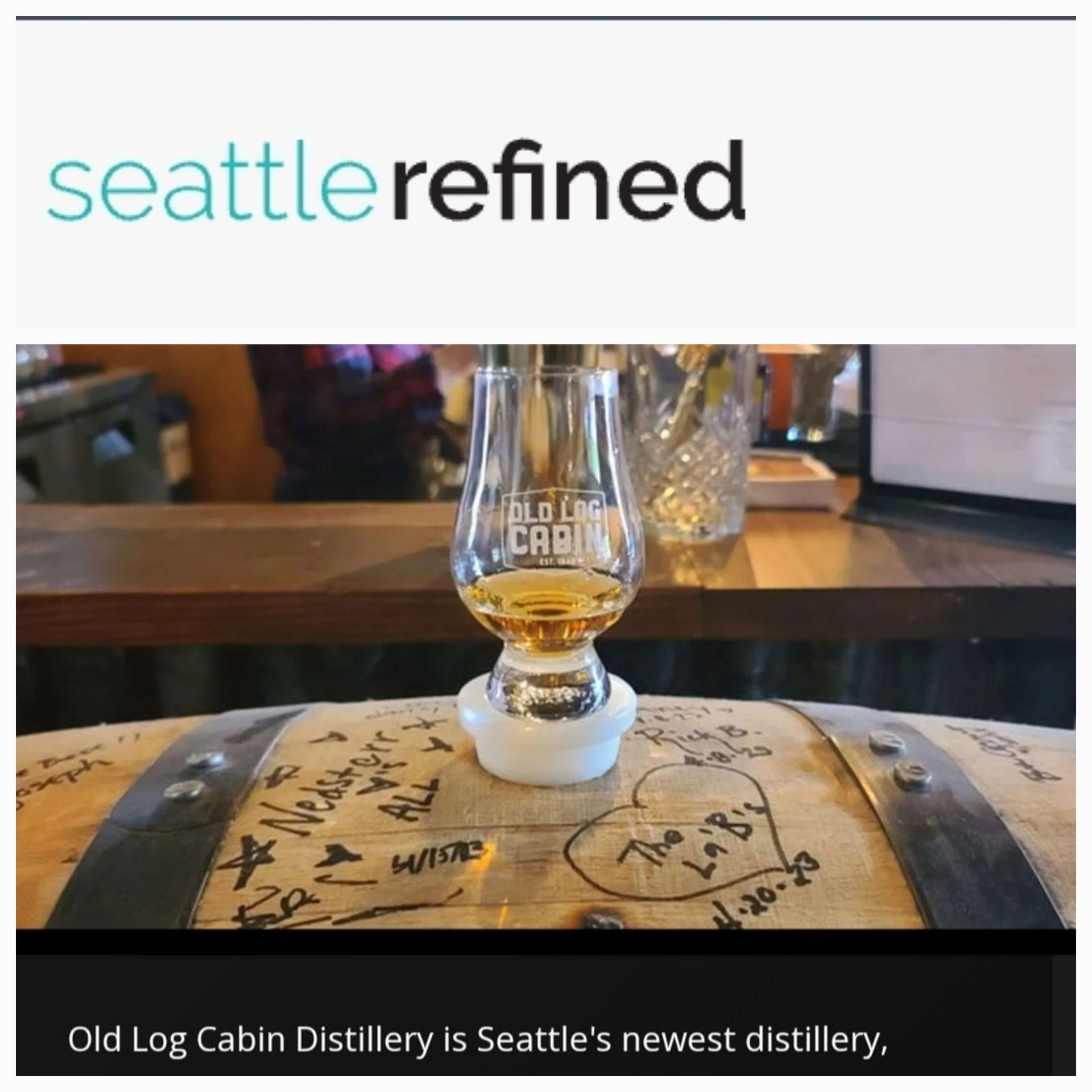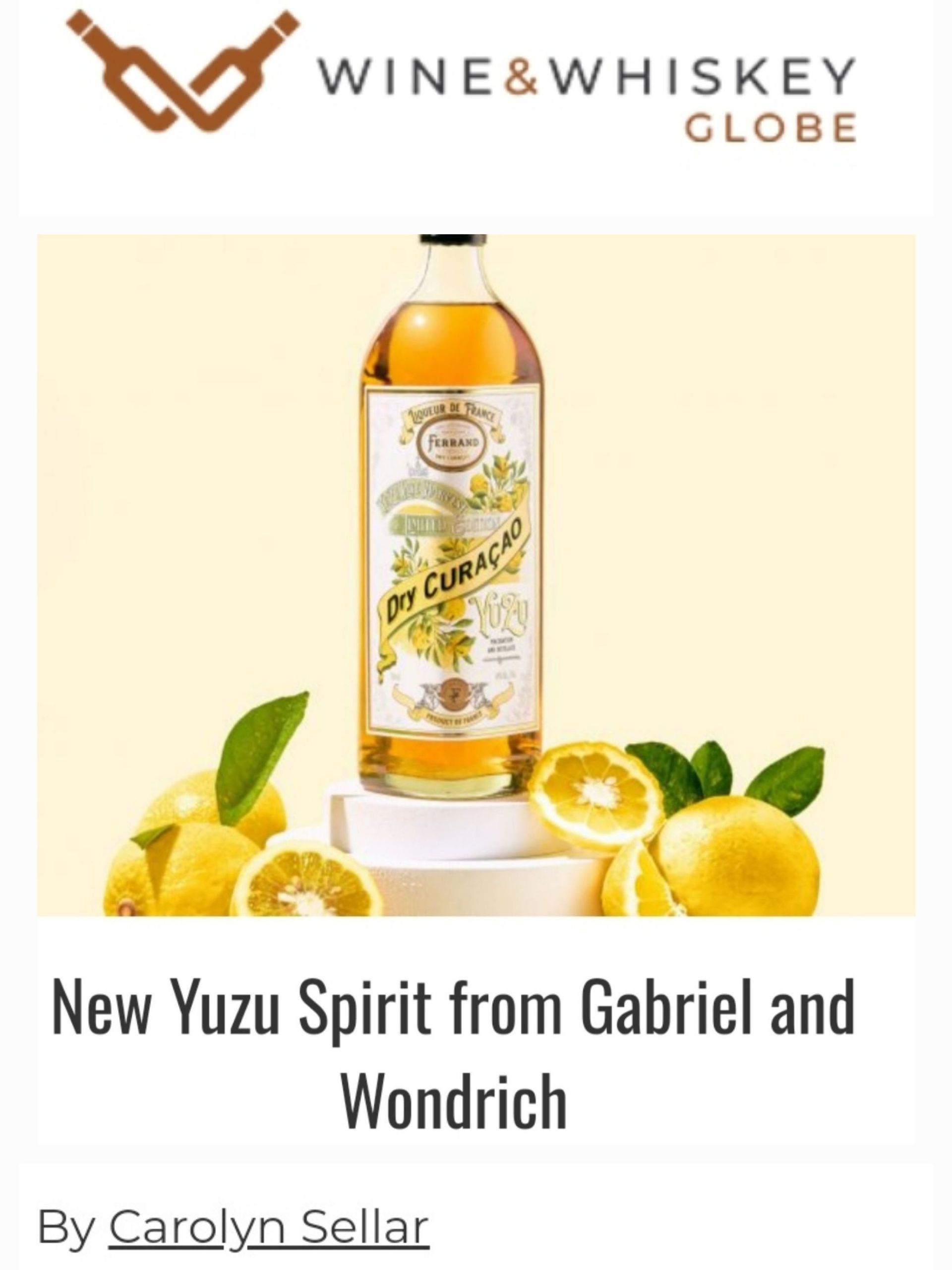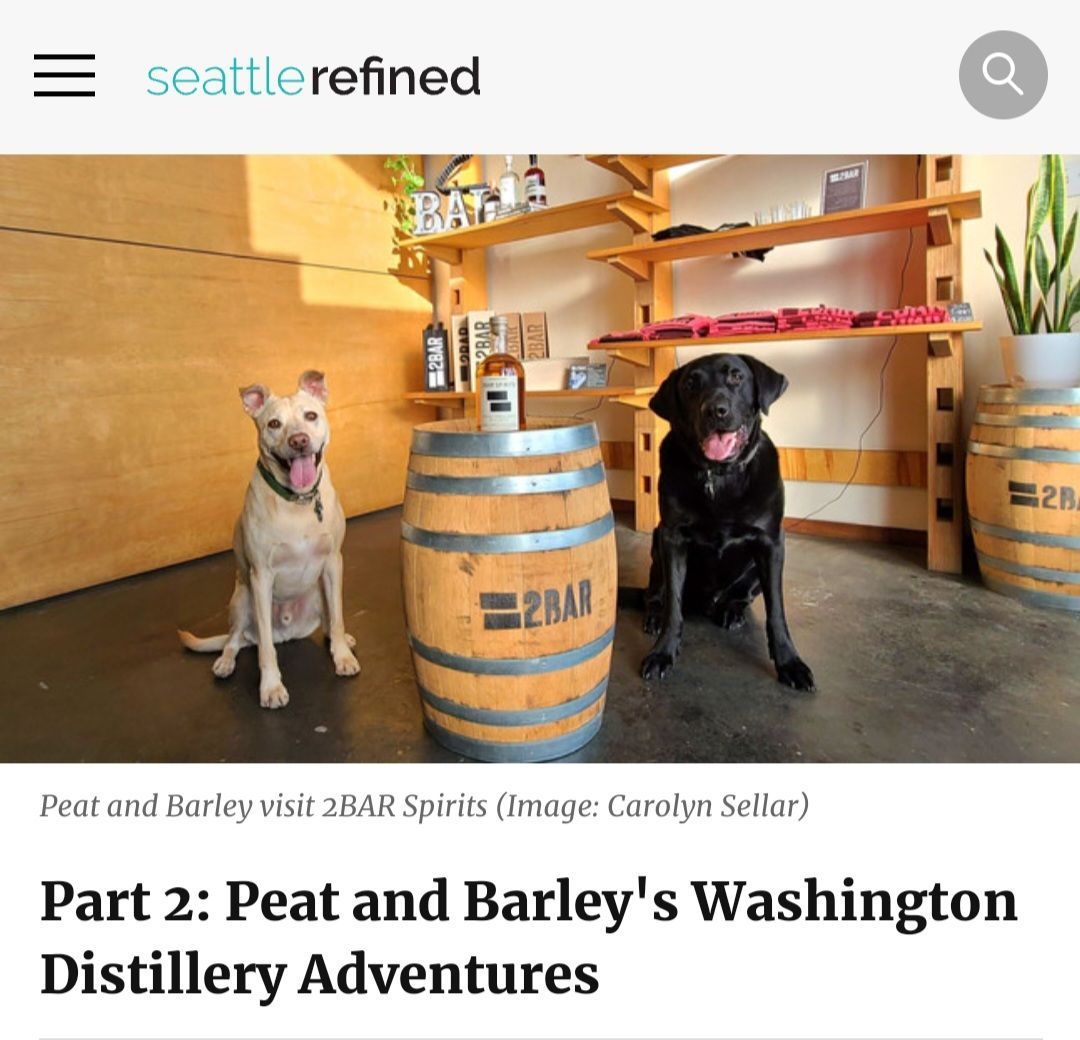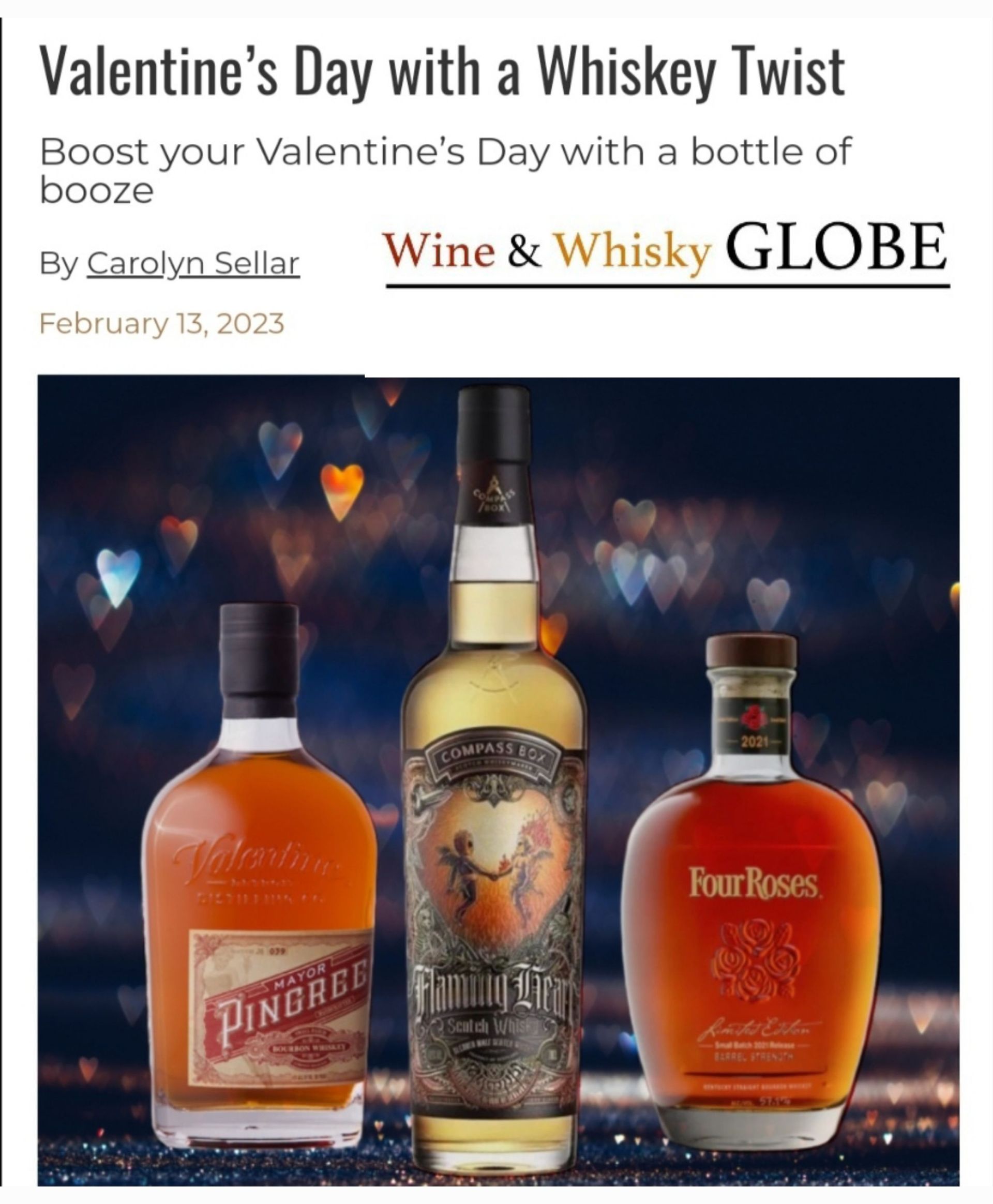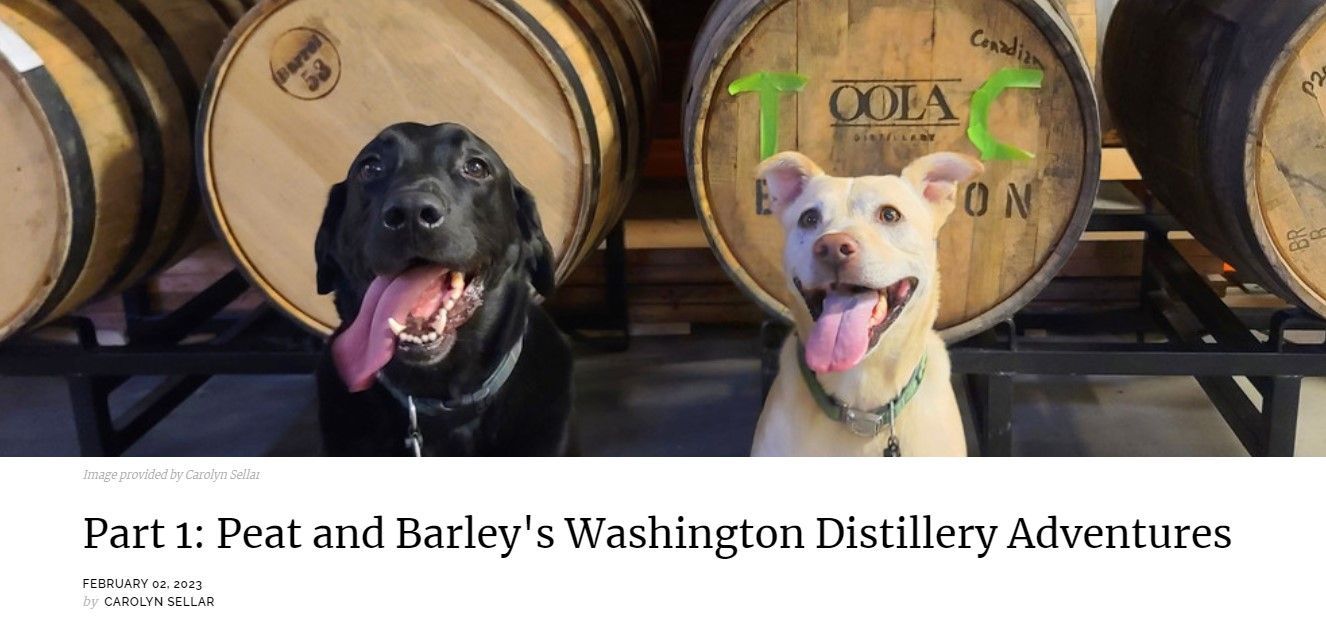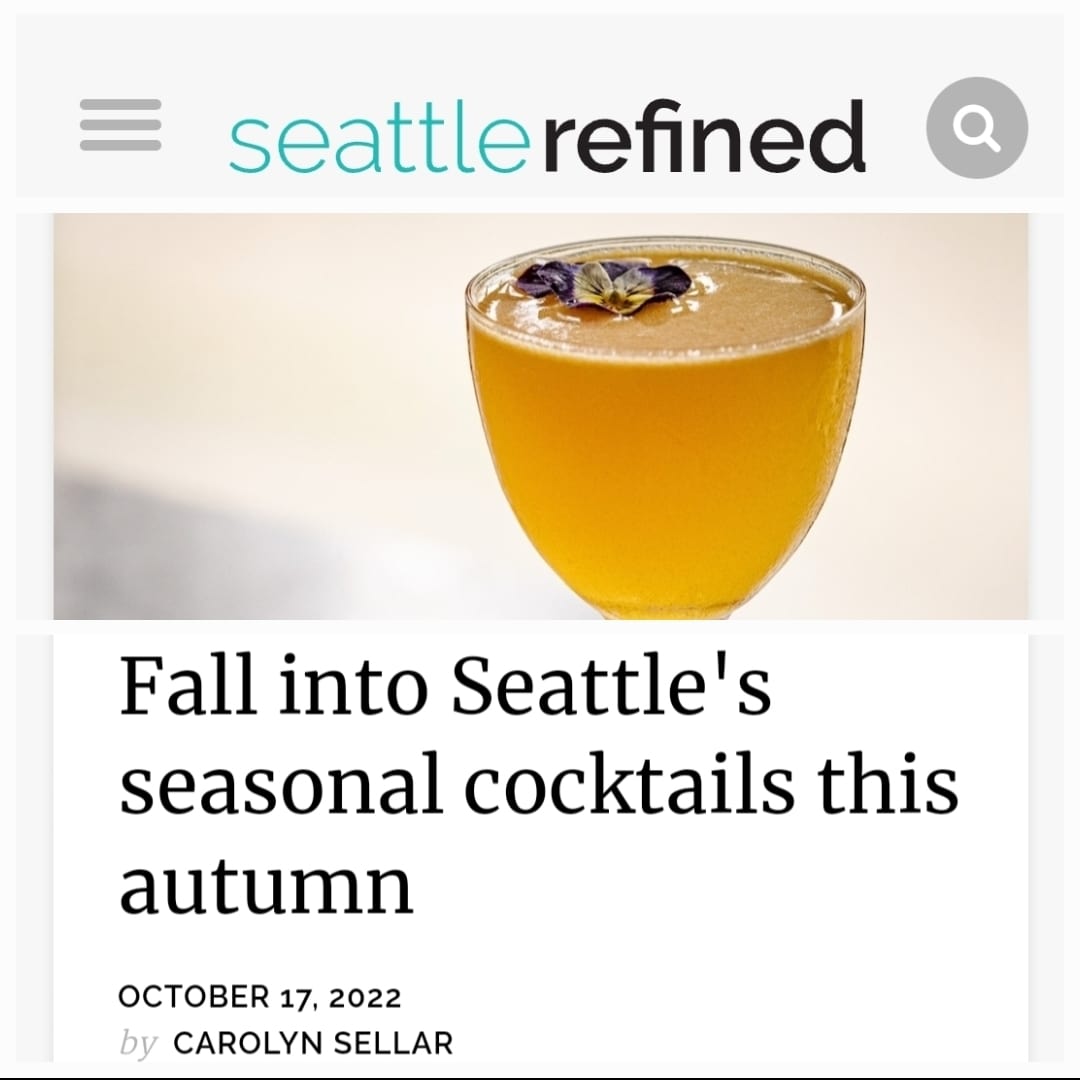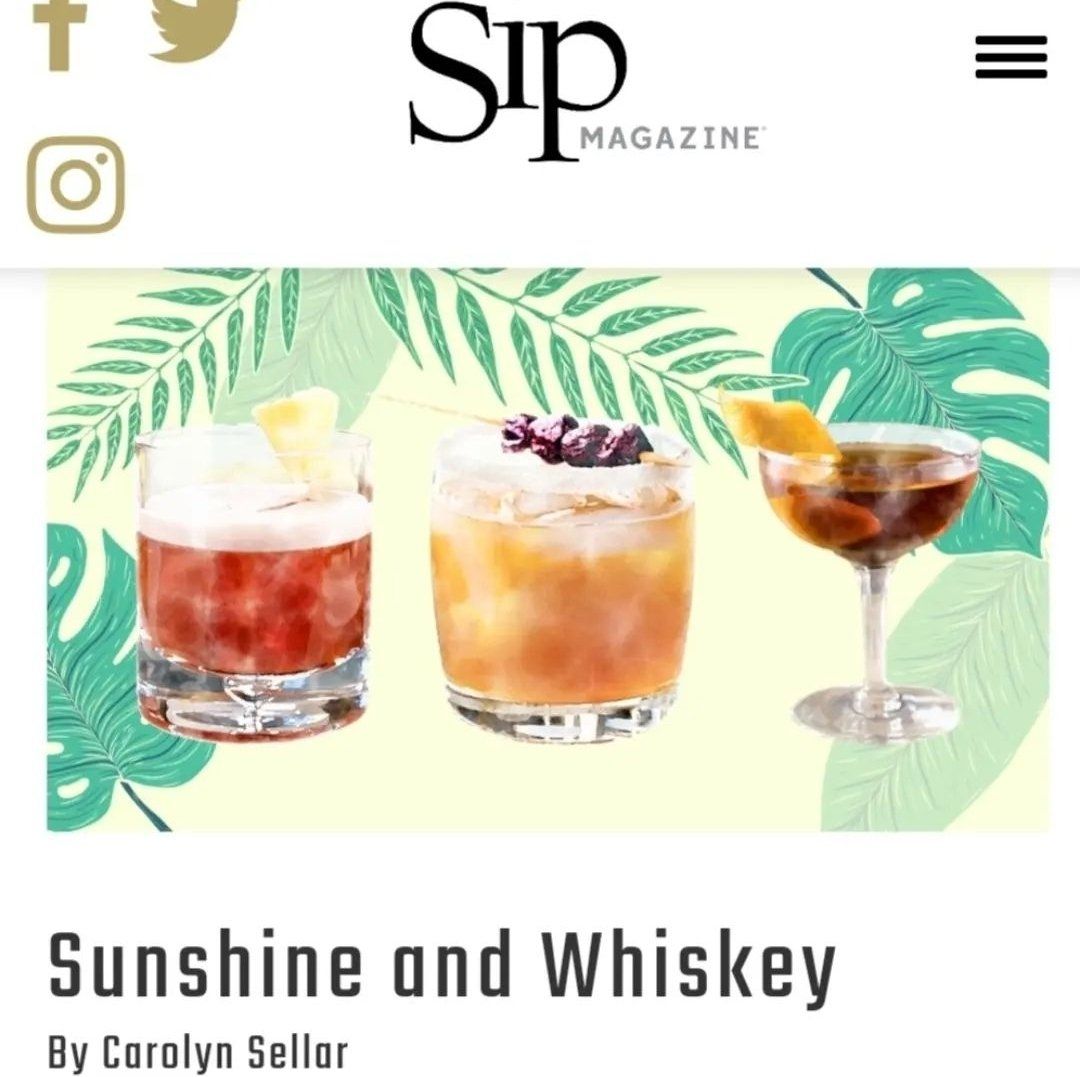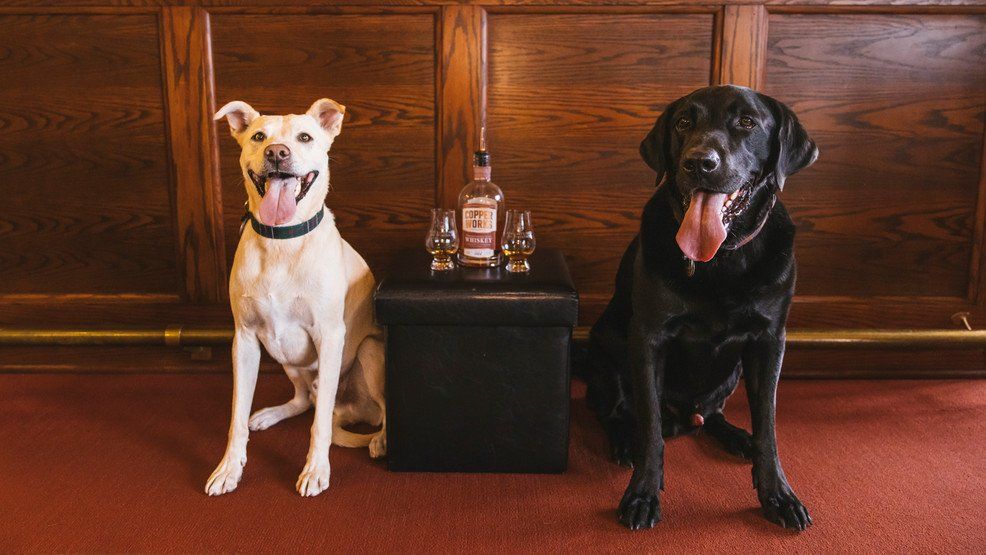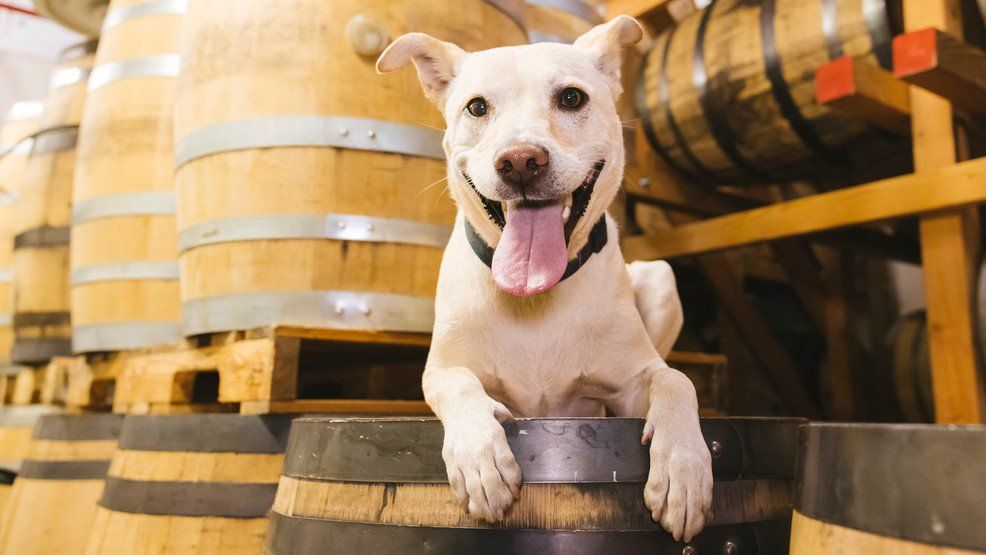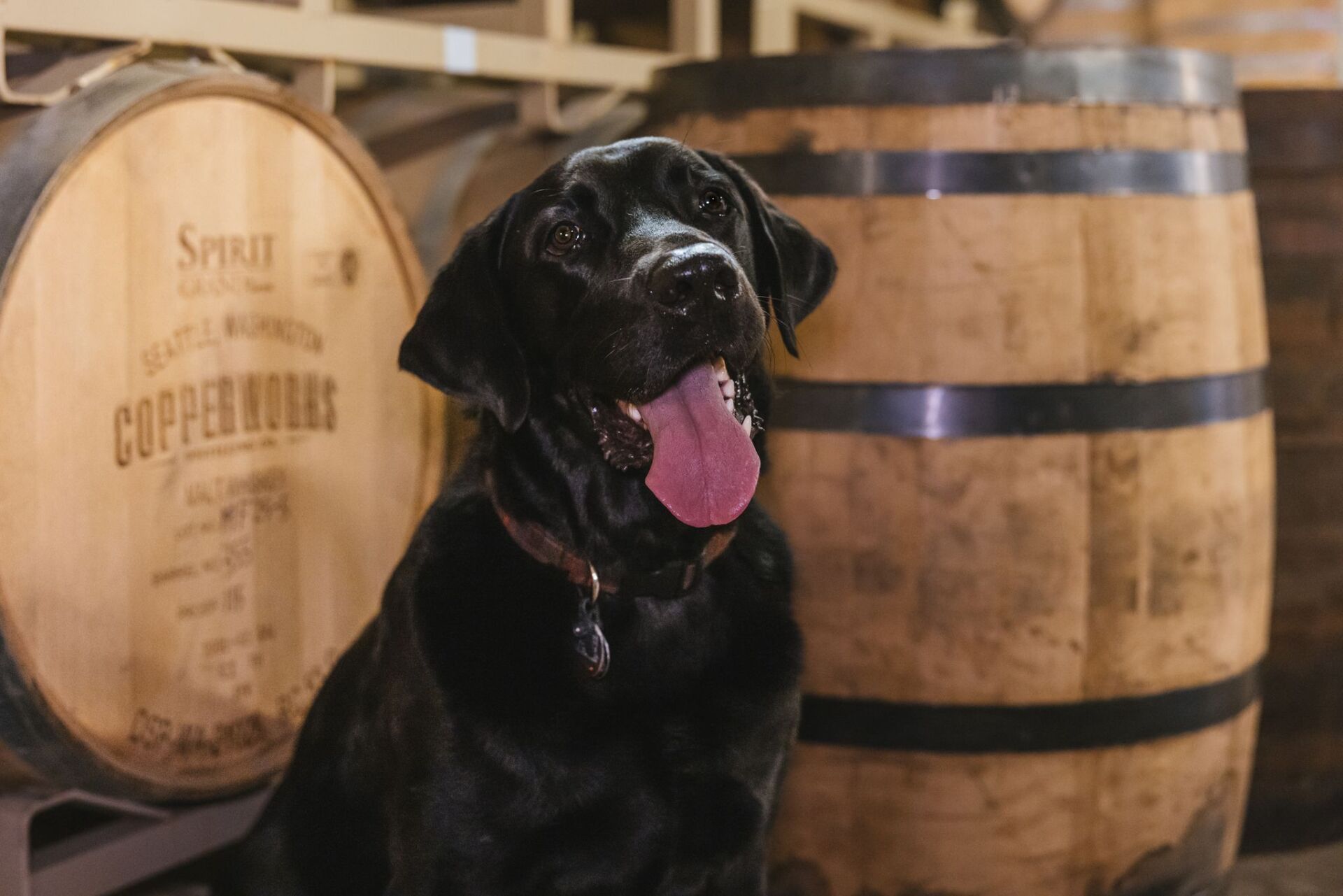Check out Carolyn's dogs Barley and Peat in Seattle RUFFined for their whisky "picks"
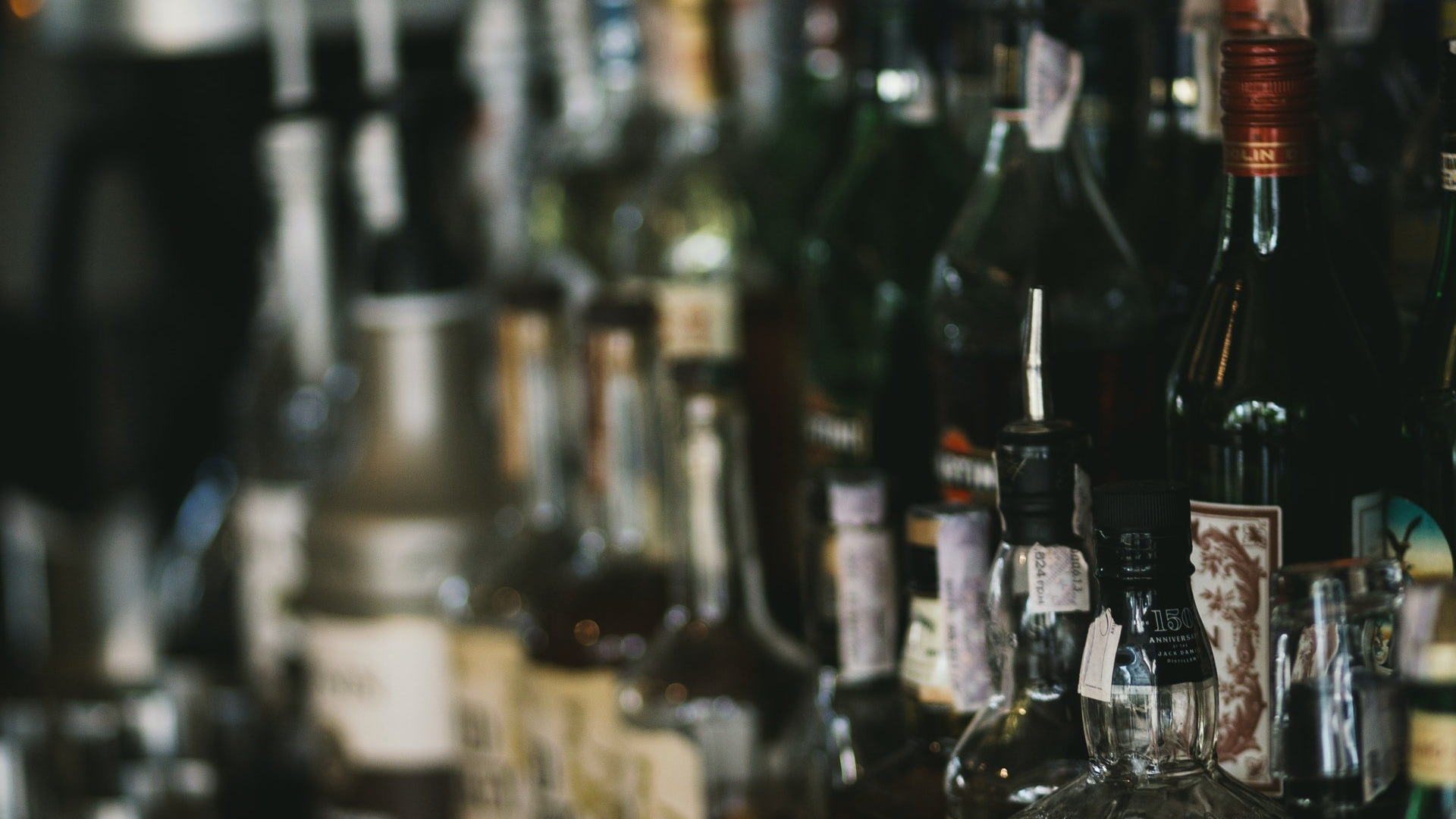
What are all these strange words people use when talking about whisky? Sometimes it is overwhelming, and you feel like you just stepped into a room where you don’t speak the same language! Here are 15 basic terms to start you on your journey into the world of whisky! Nose – what the whisky smells like. Palate –what the whisky tastes like when you sip. Oaky, vanilla, peaty, fruity, etc. Body – how the whisky feels when you swish it around your mouth. Oily, dry, thick, or tingling. Finish – the taste and feeling that is left in your mouth after you swallow the whisky. Dram – a small serving of whisky. Commonly used in the whisky community and especially in Scotland and Ireland. Originally of Latin origin, “dragme” refers to a small measure of any spirit. Neat – no ice, no mix, no water. Just whisky in a glass. ABV- Alcohol By Volume. Proof –the alcohol content of booze. It is simply the ABV doubled. Cask – an all-encompassing term that refers to the different types of oak containers used for maturing whisky Age Statement - An age on the label referring to the youngest components. Age does not necessarily determine quality. NAS- Shorthand for a whisky with “No Age Statement” Phenols – molecules in smoke that make the whisky taste smoky. Unicorn – a rare, unique, hard-to-find whisky that is sought after. White Dog/New Make – newly distilled spirit that has not touched a cask. Un-aged whisky. Maturation -The final part of the whisky making process that takes place in the cask(s) and can provide up to 70% of a whisky’s final flavor and color. After learning a few of these terms you will be not only walking the walk, but now talking the talk with Whisky! To learn more about different types of whisky and where they are made, go to my other post, “What is Whisky and Where Does it Come From” Slainte Mhath! (Gaelic term for Good Health! Pronounced “Slan-je Va”)

By definition, whisky (or whiskey) is a spirit distilled from fermented grain aged in oak. More common grain varieties include wheat, rye, barley, and corn. Whisky is made all over the world, each with various rules for production, and there are many popular styles! Is it whisky or whiskey? Geography of where the spirit is made is the answer! Yes, whisky can be spelled both with an “e” and without, which does confuse even the most experienced whisky drinkers. The letter is particularly important to the story of the spirit. The Irish use of the “e,” is a tradition that carried over to American-made whiskeys. An interesting fact is that American federal laws all spell Whisky without the “e” just to make this all a bit more confusing! The Scots do not use the “e,” and distillers in Canada, Japan and much of the world follow their lead. Hence, whisky vs. whiskey. What types of whiskies are there in the world? Scotch Whisky Scotch whisky (aka scotch) is made in Scotland with either malt or grain. The Scots take their whisky-making seriously and have laws in place that distillers must follow. The spirit must age in an oak barrel for at least three years. When an age statement is used it can only reflect the youngest whisky used in that expression. For a whisky to be sold as Scotch whisky, it must be produced in Scotland and be one: that has been distilled at a distillery in Scotland from water and malted barley (to which only whole grains of other cereals may be added) all of which have been processed at that distillery into a mash; converted at that distillery into a fermentable substrate only by endogenous enzyme systems; and fermented at that distillery only by the addition of yeast that is mashed, fermented, distilled to no more than 94.8% ABV, and matured in oak casks not exceeding 700 liters for a minimum of three years in Scotland that contains no additives other than water and caramel coloring that retains the characteristics of its raw materials and production, and maturation methods (in other words, smell and taste like whisky) that is bottled at no less than 40% ABV that has been matured only in oak casks of a capacity not exceeding 700 litres; that has been matured only in Scotland that has been matured for a period of not less than three years that has been matured only in an excise warehouse or a permitted place Irish Whiskey Irish whiskey often has a smoother flavor. It is made from a mash of malt or other grains, and can only be distilled using water and caramel coloring. It must be aged in wooden casks for at least three years. The result is a whiskey that is easy to enjoy neat! Key requirements include specifications that Irish whiskey must: Be made from a mash of malted barley, plus other cereal grains (optional) Be mashed, fermented , distilled to no more than 94.8% ABV , and matured in wooden casks , such as oak, not exceeding 700 liters for a minimum of three years in the Republic of Ireland and/or Northern Ireland Not contain additives other than water and caramel coloring Retain the characteristics of its raw materials (in other words, smell and taste like whiskey) Be bottled at no less than 40% ABV Japanese Whisky Japanese whisky was founded on Scottish whisky traditions and has made certainly made its mark on the spirits world. New guidelines (not laws) for Japanese whisky began April 1st, 2021 and are new internally enforced standards: The spirit must be fermented, distilled and aged at a distillery in Japan It must contain malted grain (e.g. barley, wheat, rye), but other non-malted cereal grains can also be included Water used to make the spirit must be extracted in Japan The spirit must be aged for at least three years It must be bottled in Japan Japanese whisky lovers consume their whisky either neat or as a highball cocktail. Canadian Whisky Like scotch whisky, Canadian whisky must be barrel-aged for at least three years. It often tastes lighter and smoother than many other types of whiskey because it contains a high percentage of corn. You will find that most Canadian whiskies are made from corn and rye, but some may feature wheat or barley. Bourbon Whiskey An American whiskey, bourbon is made from corn. In fact, to be called bourbon whiskey, the spirit needs to be made from at least 51% corn, aged in a new oak barrel and produced in America. It has no minimum aging period and needs to be bottled at a minimum of 40% ABV. Here are the rules for Bourbon: 1. It must be made in the United States. Contrary to popular belief, it does not have to be made in Kentucky, although 95 percent of the world’s bourbon comes from Kentucky. 2. Aging must take place in a new , charred, oak barrel. The bourbon must be aged for at least two years to be considered a Straight Bourbon (unlike regular bourbon which has no aging requirement). To qualify as Bottled-in-Bond, it must be aged for a minimum of 4 years. 3. The mash must consist of at least 51 percent corn. 4. The whiskey cannot enter the barrel at higher than 62.5% ABV. It cannot enter the bottle at less than 40% ABV. 5. Nothing can be added but water and only to lessen the proof when necessary. On an interesting note, Makers Mark brands their American whisky with no ”e” and help keep us on our toes about the use of the “e” in whisky! The creators of Maker’s Mark, The Samuels say that the reason for this is that they want to pay homage to their Scottish heritage. Tennessee Whiskey While Tennessee whiskey is technically classified as bourbon, some distillers in the state are not too keen on that use of the term. Instead, they use “Tennessee Whiskey” to define their style. One of the key things to understand about this category is what is legally allowed to be called Tennessee whiskey. Since 2013, in addition to other bourbon rules, state law defines Tennessee whiskey as: a spirit that is distilled in Tennessee from at least 51% corn aged in new charred oak barrels and has undergone the Lincoln County process, which is filtering the new-make spirit through layers of charcoal before barreling. A special exception in the law was a grandfathering clause that was made for Prichard’s , which makes a Tennessee whiskey that doesn’t go through the charcoal filtering process. Rye Whiskey Rye whiskey is made in America with at least 51% rye grain, along with other ingredients such as corn and barley. It follows the distilling process of bourbon. Rye that has been aged for two or more years and has not been blended is dubbed “straight rye whiskey.” Rye tends to have a spicier flavor than their sweeter, sometimes smoother bourbon cousin. Did you know? Rye whiskey was the original whiskey made in America World of Whisky! Whisky is made all over the world! While Scotland, Canada, Ireland, Japan, and the United States are the leaders in whisky world, the rest of the world is now making their own incredible whiskies and are close behind in production levels! Dozens of countries are making whisky including India, Germany, Australia, Taiwan, France, Finland, and Israel just to name a few! Now that you know about the different types of whisk(e)y it is time to start enjoying these variations on the great spirit that is celebrated all over the world…whisky!!!! So get out your whisk(e)y passport and start traveling the world of whiskies! Slàinte! Skål! Cheers! Proost! Salud!

Whisky draws its flavor from three sources. They are: ingredients, distillation, and aging. Nothing more, nothing less. Ingredients: Water- Many distilleries and whisky aficionados talk about how a water source shapes the flavor of the whisky. Some say that water sources can have a small influence of the final product because the water can have high or low amounts or minerals or organic compounds which might impart some flavors. Some water sources may run through a peat bog which might provide organic compounds, or it may run over various stones which could impart a high mineral content. However, many argue that the impact that water has on taste is generally overstated since the overall whisky process involves distillation. Yeast The impact of yeast on flavor is very similar to how water adds to the flavor of whisky. It does influence the taste but is a small factor to the product that fills our glass. The real importance of yeast is in the overall yield efficiency derived from the raw ingredients The last ingredient is, of course: Grain The type of grain used in distilling whisky is one of the keys to the final flavor. Corn, for example, gives whisky a sweet, syrupy taste. Barley tends to provide a roasted, toffee taste. Rye tends to taste of spices. Wheat usually provides minimal flavor, if at all. How the grain is prepared for distilling strongly shapes the final flavor of the whisky. For example, if the grain is dried over fire from burning peat, the result is a peated/smoky whisky. The amount of peat/smoke used in this process can be adjusted according to the specifications of the distiller. Other fuels do impart flavors on the grain, but not as strongly as peat. These odors/flavors in the various drying processes and fuel sources can potentially carry through the mash production, distillation and maturation. Distillation Ingredients can be interesting and diverse but are not the strongest influencer of the final whisky flavor. The distillation and maturation process is where the whisky gets shaped into the whisky you love. Distilling comes in many different forms, and each outcome tastes quite different. Distillation impacts the flavor of the whisky due to physics, chemistry, the shape of the still, and the slightly different distillation processes a distiller may choose to use. It is not all science though, as it is also an art form that comes from the distiller of the whisky who creates their own masterpiece in amber liquid form. Aging Aging has more impact on taste than any other part of the process. Whisky uses oak barrels for aging. Depending on the country and the regulation the casks can be new or used. The used casks commonly contained whiskey, wine, or sherry as the most common, although it is not unheard of to see rum or even tequila casks being reused. The amount of time that the whisky spends in the casks is important. The location of the storage warehouses and their environment also has an influence. Aging has the most impact on taste, and accounts for about 70% of the final result of any whisky. From grain to glass, this simple process that has been around for centuries continues to surprise us when slight variations on productions create new experiences for us all as we sip our wonderful drams! Slainte!


















